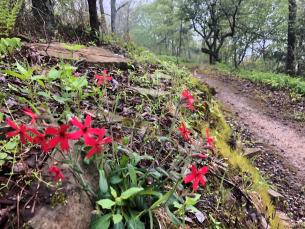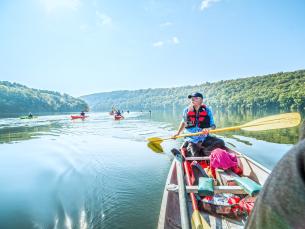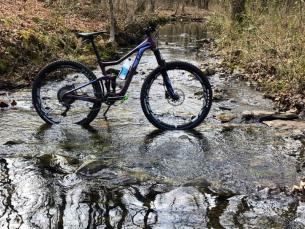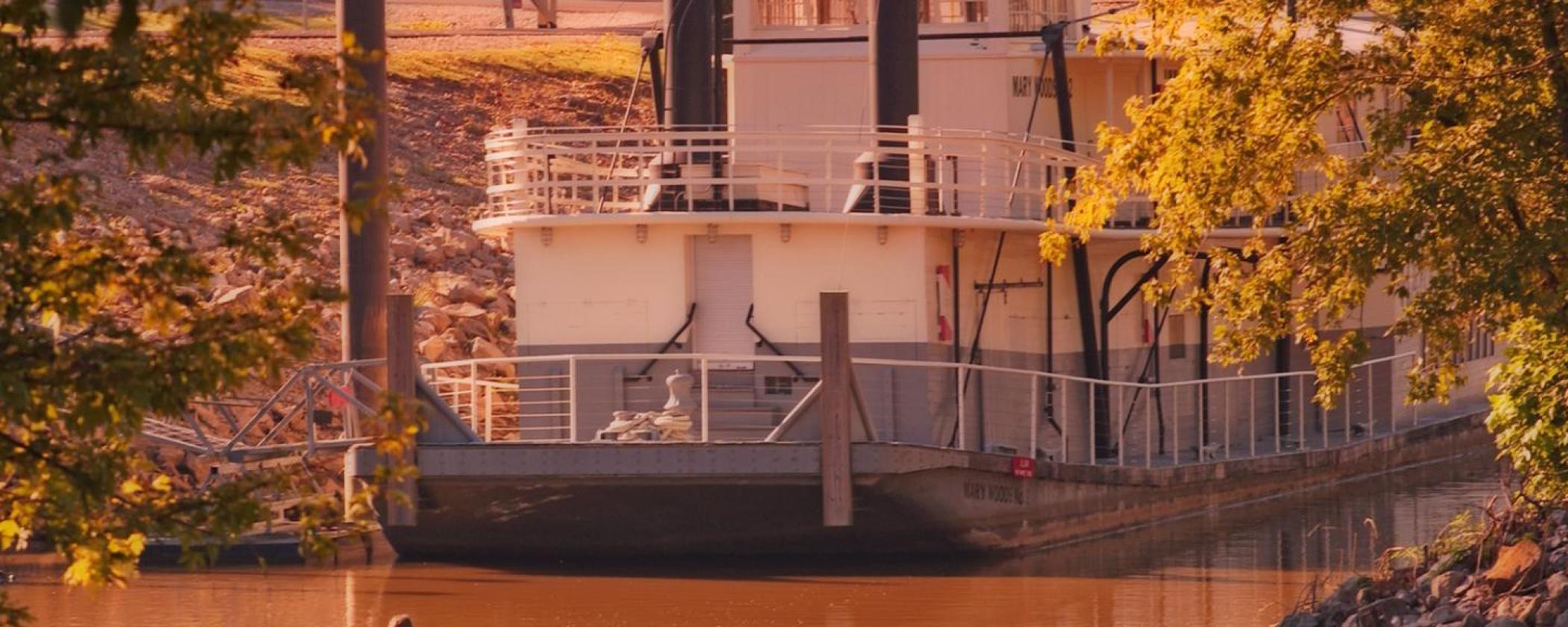
The Mary Woods No. 2 – Life on the River
By: Arkansas State Parks Staff
UPDATE: Unfortunately, the Mary Woods II is no more. Due to the amount of damage sustained to the wooden superstructure of the boat the Mary Woods II is beyond repair. Any attempt to reconstruct here would be a fabrication of the historic vessel. The ships bell and pilot wheel were saved for future exhibits in a new visitor center for the park that is being planned.
Yes, it’s true: The rise and fall of the timeless Black and White Rivers shape life and history at Jacksonport State Park. It’s been a stressful and sad week here, and it’s only Tuesday as I write this. We began this week learning that, by alleged vandals or turn of fate, the beautiful Mary Woods No. 2 had sunk.
This wasn’t her first experience with disaster. Back in 1984, in another frozen winter, old water intake lines froze and cracked. She took on water and slowly, gently listed to starboard finally resting at an angle on the river bottom with 250 tons of White River water in her gut. Considerable damage was done, but she was righted and restored to continue her reign as the only sternwheeler on the White River.
Then in March 1997, an even more disastrous event struck: That day the clouds were black, the wind howled and rain flew sideways as a tornado took a diagonal path through the community of Jacksonport. Crossing the White River, it first slammed into the Mary Woods. She was severely damaged.
Her stacks were blown down. Windows were smashed out. The pilot house roof was gone. But, the Mary Woods was afloat. She’d amazingly survived a direct hit.
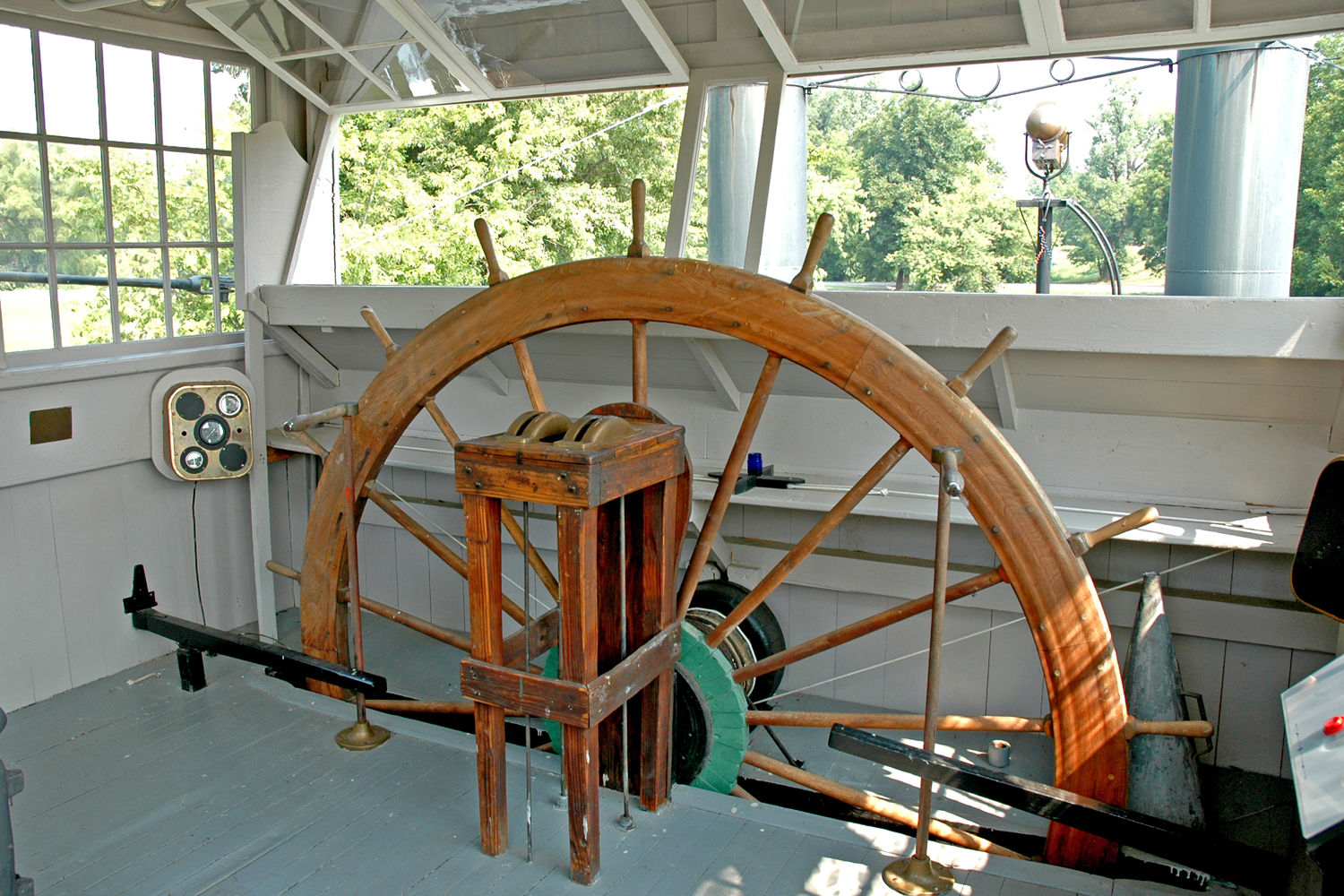
Recognizing the value of the Mary Woods No. 2 and the values she represents, Arkansas State Parks returned her to life again. With emergency funds from the Governor’s office, FEMA funds and more, Arkansas State Parks entered into one of the most detailed, historical architectural investigations ever undertaken. This included document research, construction drawings and oral histories from those who piloted the boat during her glory days of the ‘40s, ‘50s and ‘60s when she worked the bends, shallows and bars of the White River. As a result, the original Mary Woods No. 2 and the stories she could tell were brought to life.
The painstaking restoration that took five years was completed in 2002 and brought the paddleboat as close to her actual operating appearance as possible. No details were overlooked in the exhibits telling the story of this workboat. Inside, shelves were filled with canned goods representing the era, bread was rising on the sideboard, and the captain’s table set for diner.
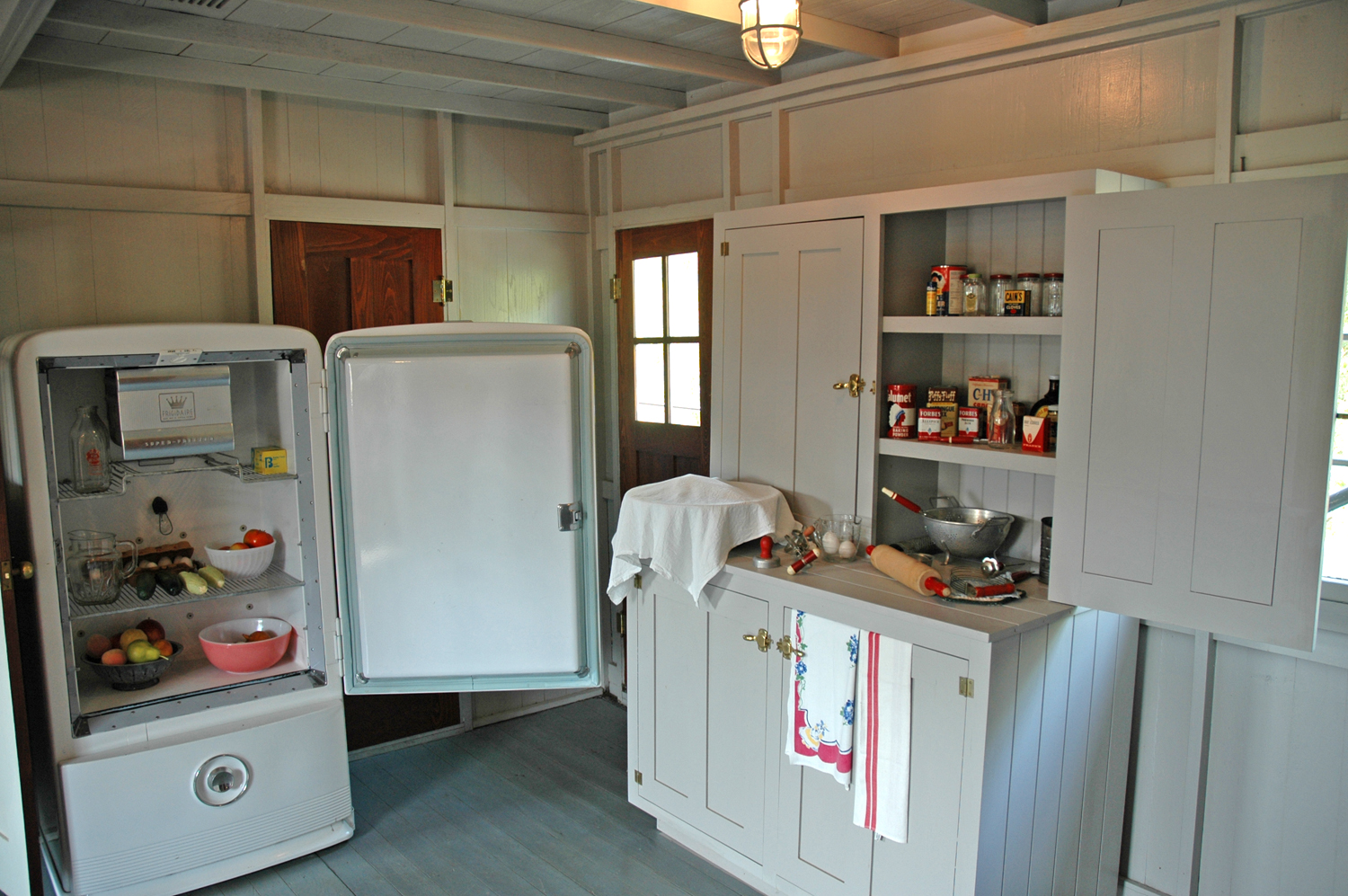
The voice of captains past could be heard telling their stories of life on the Mary Woods No. 2. It was as if she was ready to back away from the bank and head upstream. Representatives of a nationally-known exhibit firm toured the steamboat and commented on her excellent condition and interpretation.
Her next renovation may be an especially challenging one. She sank in deep water and rolled completely starboard, leaving but a rim of her port exposed. Water has filled every niche, swallowed every exhibit, and shaken every rafter. Plans are underway to right her again and discover what damage was done. We’ll see what the next life is for the Mary Woods No. 2.
The rise and fall of the timeless Black and White Rivers continue to shape the life and history at Jacksonport State Park. Rivers made Jacksonport.
In the 1800s steamboats provided the fastest and most dependable transportation in this state blessed with many rivers. Steamboat pilot Thomas Todd Tunstall piloted the first steamboat up the White River in 1831, and soon established Jacksonport as his home and a shipping point.
Life, prosperity, failure and growth ebbed and flowed with river travel and trade. Residents had access to all the finery of Boston and Philadelphia, London and Paris by way of the river. Steamboat excursions headed upriver to Ozark places like Batesville and Calico Rock, and steamboats carried passengers downriver to Memphis, St. Louis and New Orleans. Jacksonport was such a lively place that it almost became the capital of the state. Then, when trade turned from graceful steamboats to the iron horse or the railroad, Jacksonport slowly slipped into the past.
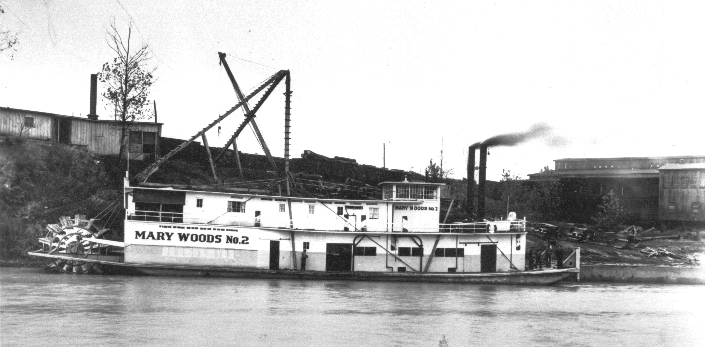
Those of you who have walked the decks of the Mary Woods No. 2 know that she is an icon of the White and nearby Black rivers, and of river life across North America. She is the visible connection between Jacksonport’s stately but landlocked 1872 courthouse, and the river that made Jacksonport the county seat and the courthouse possible.
She is the tangible connection to our intangible past of danger, expectation, courage, promise, and hope.
The Mary Woods really isn’t an old boat. We often think of steamboats during their heyday in the late the 1800s, but steamboats and sternwheelers were commonplace into the 1960s. The Mary Woods No. 2 was built in 1931 by the Nashville Bridge Company in Nashville, Tennessee.
Designed for river travel, her flat hull draws less than four feet of water, making her able to work shallow water passing sand bars and operate close to riverbanks. She is 136 feet long and weights 157 tons. A powerful sternwheeler, her two, 300 horsepower steam engines allowed her to confidently work the Mississippi, White, Black, Cache and other rivers moving logs from cuts to mills. The Mary Woods No. 2 worked with two barges which could each carry 85,000 board feet of logs.
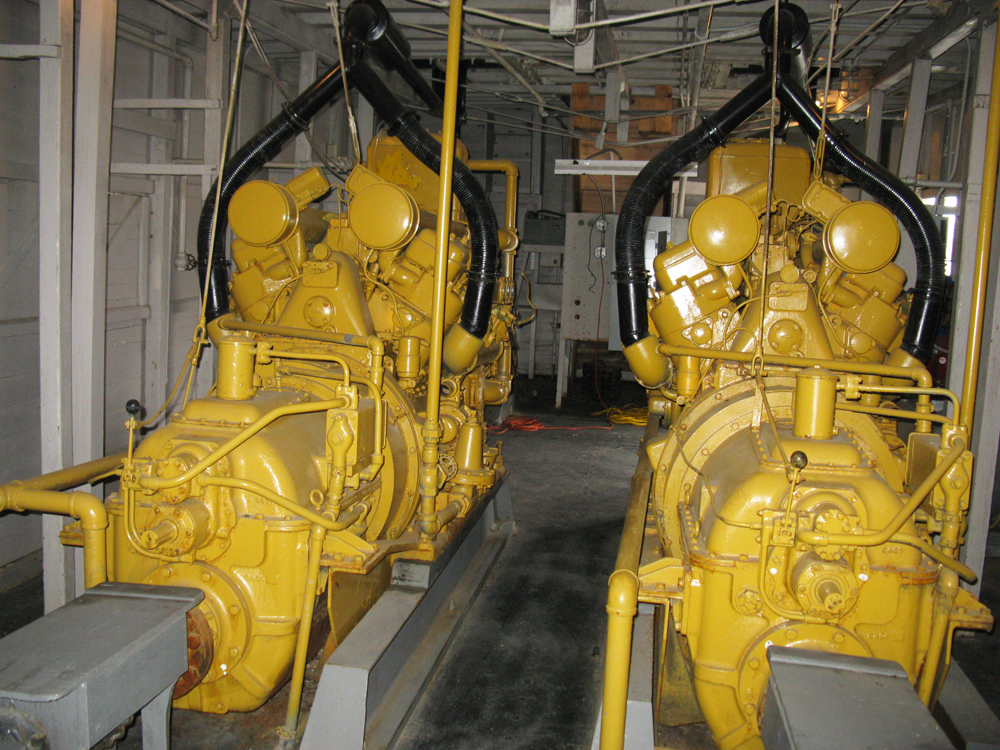
Originally a coal-burning steamboat, the Mary Woods No. 2 was converted to a fuel burning steam vessel in 1937. She burned Bunker C fuel, which, was described by Captain Claude Ashmore as “crude oil with everything taken out that could be used for something else.” In 1949 the Mary Woods No. 2 was once again transformed, this time from oil-burning steam power to diesel engines.
In 1967, the Mary Woods No. 2 was donated to the Arkansas state park system and was moored at Jacksonport State Park. Forty-three years have passed since that day when she came around the bend heading to her new home on the White River at Jacksonport. Today, we wait with anticipation, and a sense of urgency, to see what will happen next.
